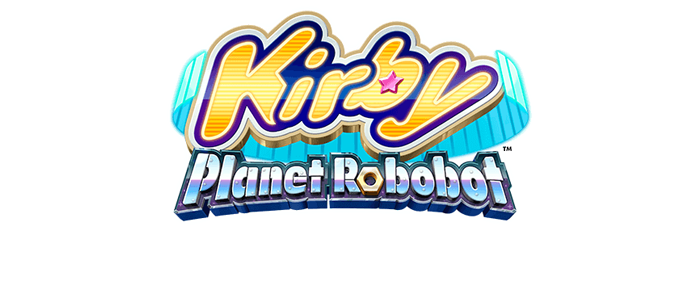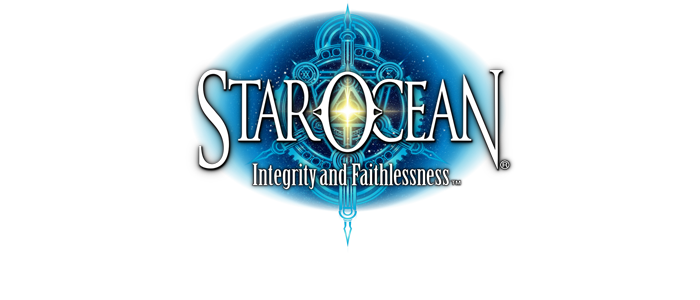- Genre: Platformer
- Platform: 3DS
Let’s be realistic here. The mainline Kirby platformers haven’t really changed that much in the nearly 25 years the series has been going. Sure, there’s been the more experimental games, some entirely touch driven like a number of the older DS titles, or motion driven like Tilt ‘n’ Tumble. However, the platformers all effectively have the same gameplay; a bunch of pretty standard platformer levels where Kirby can suck up the enemies to gain powers, ranging from archer abilities, to fire breathing, and more. Robobot doesn’t make an attempt to change that, but it both succeeds at not screwing up the formula, and bringing in some nice touches to make this a great entry nonetheless.
So, the question then I guess is what this one does that’s different from the standard formula. The biggest obvious difference is the Robobot part of the game’s title. In most of the levels, Kirby can takeover a big ass robot frame, and truck around the levels in that, rather than on foot. While the core gameplay is still the same (the robot also sucks up and gains powers), the implementation of the powers between the robot and Kirby on foot is entirely different, and the robot being large also allows for destruction of areas in the level that Kirby alone can’t get into. What this does is enforces a larger sense of exploration than is typical in a Kirby game, as getting a robot frame can allow you to get into areas you previously had to pass up. It’s also worth noting that like most games with robots, punching things in the face is still satisfyingly great.
Robobot also brings back the multi-plane gameplay from Triple Deluxe, and uses it to great effect here. In particular, some of the robot sections have you jumping back and forth between both level planes based on power ups. For example, the wheel powerup turns the robot into a motorcycle, and allows jumping between the near and far plane with the press of the button, allowing for much quicker traversal through the level without having to stop. Some boss fights also take advantage of the depth, with freely rotating circular arenas, or the robot punching projectiles in and out of the screen towards the enemy firing at you. The depth also ties into a lot of the collectible aspect of the game, with stamps and collectable cubes hidden all over. In general, it took a good feature from the previous title, and expanded on it in ways that really made sense given the game they were developing here.
That being said, the game has some issues, but they aren’t any different than a typical Kirby game. By and large, this is an easy game, and the difficulty is more in trying to be a completionist, not missing any collectibles. I don’t think I ever died in a way that wasn’t self inflicted due to missing something and needing to force backtrack, even on the final boss. The game was also relatively short, clocking in at something around 6-7 hours. That said, I didn’t play through the included minigames, which seemed like they were probably 25% or so of the included content. Had I been going for a 100% collectible completion, you can probably clock in another 3-5 hours, depending on how nice RNG is treating you in the collection of the in-game stickers.
Realistically speaking, there’s no mystery to whether or not to play this one. If you like Kirby games, you’ll like this. If you haven’t liked Kirby games, you probably wouldn’t like this. If you’re looking for something new, that’s definitely not here either, and you’re probably better off playing Rainbow Curse on the Wii U. Regardless, this was another fun Kirby game, even if not much has really changed over the years.
As an aside, Nintendo’s website for Kirby has an adorable Kirby sprite. Nice touch guys.


